PDCA Is Really CA-PDCA
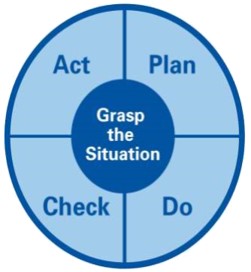
Review this article written by David Verble, it explains about the importance of “Grasp the Situation” which lies in the centre of PDCA thinking
by David Verble August 5, 2020 Lean Enterprise Institute
With most education related to lean, problem-solving, and the A3 story, we’re taught the Plan, Do, Check, Adjust cycle. But that sequence highlights an inherent contradiction. By starting with Plan, you would, by definition, have jumped to a solution—the very reaction we’re also taught to avoid!
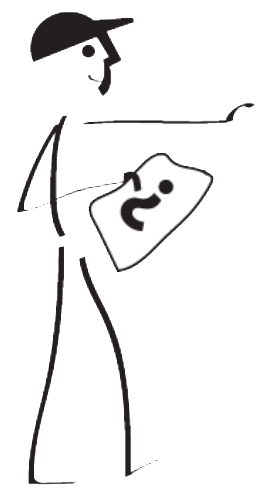
To plan means that you agreed upon a practical process to address a problem or need. To do that, you must first do something that we added to the original PDCA approach, which we called the “Grasping the Situation“. In fact, in Toyota, the Japanese leaders insisted the PDCA cycle was Check, Adjust, Plan, Do, Check, Adjust, or the CA-PDCA.
That means you must first check the current situation to get a sense of what’s going on, fully clarify the real problem, and not proceed based on your first impression.
Only then can you plan realistic countermeasures and get support for a plan to implement them. Once the countermeasure is in place, you must check what you accomplished and how it was done, and decide how to use what you learned from what worked and what did not to adjust your actions and plan for the next PDCA.
Those of you who have made a plan and tried to execute it know that you usually have to do a lot of problem-solving of smaller problems to implement the countermeasures. In fact, in Toyota, there is an expression, “Planning is absolutely critical; things never go according to plan.”
The situation is seldom precisely as you thought when you made your plan, and the countermeasures you selected don’t always change the work the way you expect them to. So, you must see and evaluate the process of execution and the impact of the countermeasures, and then reflect on the differences between the actual results and what you expected.
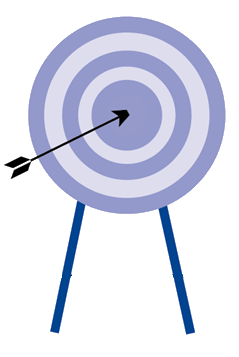
You also need to examine the actual process of execution compared to your plan. Then you can identify and reflect on any differences to help you decide what actions you need to take next to achieve your target and how you need to approach planning and executing differently.
So, where does CA-PDCA fit? Check and Adjust helps you create the right plan for the next PDCA cycle. It means that before you start a PDCA cycle, you should clarify what is currently happening (grasp the situation). Then you are better informed to decide how you use what you have just learned to adjust your approach and make a plan to execute the countermeasures. Once you’ve implemented countermeasures, you repeat the process, looking at and evaluating the gaps between what you wanted to achieve and what you achieved and deciding how to again adjust your approach for the next cycle.
Learning by Doing
I was involved in creating the first formal A3 problem-solving education for Toyota North America. In Japan, Toyota leaders and managers use a coaching approach to teach and develop problem-solving and A3 creation skills. In the 1980’s and 1990’s, the company didn’t have a formal course to teach A3 and problem-solving. I worked with Japanese managers and advisors in the Toyota plants in Kentucky and Japan, where I was employed to document and try to understand the problem-solving process they taught by coaching.

The senior manager in human resources was also my coach as I was trying to understand A3 problem-solving and creation well enough to teach others.
When I showed him my first A3, his response after scrunching and twisting his mouth as he read was “do more.” That wasn’t much help, so I asked, “more what?” He replied, “more legs, more eyes, more ears,” and walked off. It took a few minutes, but I finally understood what he was telling me.
I needed to go to the floor where the problem was occurring and spend considerably more time grasping the situation before I tried to create an A3 about the problem and how to address it.
When I went to the floor, I contacted the area manager I supported by working on this A3. He joined me where I was standing and observing. He said, “do you see now?” I responded that, yes, I see, I’m looking.
“Do you see that?” he asked, pointing to an operator pulling the andon because he couldn’t complete his operation in takt time. I replied, “Well, no, I hadn’t noticed that or paid it any attention.” Then he asked, “Have you heard?” And I said, “No, I haven’t.” He replied, “Then go talk to the operators. Ask what they know.”
At Toyota, problem-solving doesn’t entirely take place in your head. It begins with grasping the actual conditions of what is happening in the problem situation firsthand. That is the CA of CA-PDCA.
Without telling or showing me, my coaches were helping me realize how to grasp the situation. You look, and you see what’s going on. Then you talk to the people doing the work.
Their approach helped me understand something that, as a North American, I had not realized about Toyota’s problem-solving method: At Toyota, problem-solving doesn’t entirely take place in your head. It begins with grasping the actual conditions of what is happening in the problem situation firsthand. That is the CA of CA-PDCA.
Where’s the Gemba?
A follow-on lesson I learned is that the gemba is more than a place. There are people there who know things that you need to know when you go there to see. Grasping the situation means you must also ask about and listen carefully to what they have experienced, know, and think.

If you’ve been a lean thinker for any length of time, you maybe familiar with Mr. Fujio Cho from Toyota.
He strongly advises managers and senior leaders to “go and see,” go to where the work is being done, the gemba, and see what’s going on for yourself.
Don’t rely on reports. He also insists that once you learn something, you must ask why to attain an in-depth, nuanced understanding of how the work is done, how it should be done, and what gets in the way as the operators trying to perform the standard work for their processes.
Mr. Cho, by the way, was the model of going to see and asking why. When he was at Toyota’s Kentucky plant, he was out on the floor by himself every day (in a gemba walk) observing and talking to the operators. In this way, he emphasized checking; that is, making sure that he understood the current situation and the problems the plant needed to be resolved
In Learning to See and Managing to Learn, John Shook also stressed the importance of first going to the gemba to see and ask questions and then asking why about what you see. Applying the advice to see for yourself and question what you see as critical in the A3 process, you learn:
- Why must you go and see? Because you cannot know what’s going on in a problem situation, no matter how much experience you have, unless you have seen this specific problem in-depth.
- Why ask why? Because you need to question what you’re seeing. You need to be clear about what you are seeing by asking: Why is this happening? What do I need to know more about it? What do others here know that I don’t?
Showing Respect
Mr. Cho and, later, Shook also stress to leaders that they must show respect for the people doing the work when they go to the gemba.

Why show respect? In many ways, that’s the most critical step in solving a problem.
If you don’t show respect to the people doing the work, they are not likely to share what they know, and you don’t
A situation that helped bring this home to me occurred when I was working for a company with seven small plants in the same small city. All the plants were easily accessible from the one where I was conducting an A3 problem-solving workshop with the plant managers.
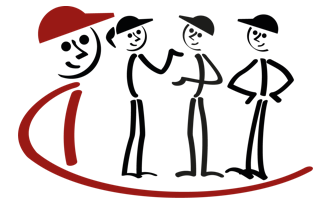
The first thing I asked them to do was answer the questions: What problem in your operation are you most concerned about, and what do you think is happening?
Then I had each share their problem with the group.
I asked each one as they reported, are you sure that’s the problem? And they all said, “Yes, I go to the gemba frequently and know what’s going on.”
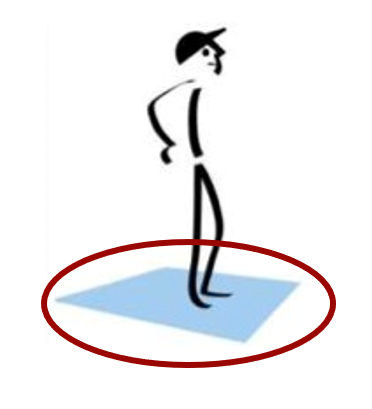
Then I challenged them to go to their plants and spend an hour, first standing and observing for 15 to 20 minutes, then asking questions of the people working there.
I advised them not to tell the operators anything, but to ask them about what they see, about what’s happening in the situation. Finally, I asked them to listen to what the operators say without interrupting.
At the next meeting, I had each of the managers stand next to the problem they had said they were trying to solve and report what they had learned.
They reported that the problem was not what they thought it was, the problem was very different from what they thought. Or that what they planned to do about the problem was not what was needed.
This exercise demonstrated that there is no substitute for respectfully talking to the people who live with the problem and asking why. They know things that nobody else does.

I suggest that you keep three things about A3 problem-solving in mind.
1 – It is based on the PDCA process, which means it is a cycle and not a straight shot at a solution, and you shouldn’t expect it will be over in one cycle if you understand continuous improvement.
2 – The fact that the PDCA cycle is actually CA-PDCA means that Grasping the Situation (firsthand as an automatic practice) at the beginning, during, and after a problem-solving effort is the most important part of the process.
3- Even going to see for yourself is not a substitute for learning what the people who live at the problem site and live with the problem know and think about it.
Learn more about practically applying PDCA into your organisation by reading the Toyoyta Way Fieldbook
-
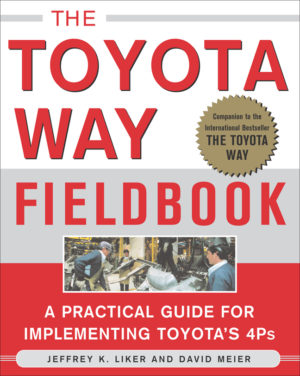 The Toyota Way Fieldbook£26.99
The Toyota Way Fieldbook£26.99
Now move on to next topic.